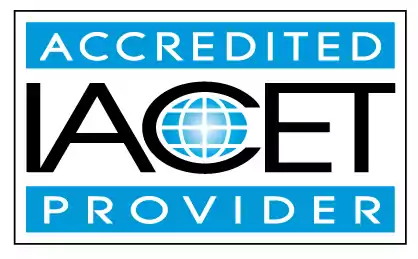Describe vehicle safety standards for school-age children
Ensure the safety of school-age children by understanding and implementing vehicle safety standards. Additionally, support their mathematical skills development with effective strategies. Discover how our early childhood education and child care centers prioritize these vital aspects for children's growth.Trainings incorporating this outcome
Proficiency Level
States
Alabama (3) Alaska (3) Alberta (3) Arizona (2) Australia (3) California (3) Colorado (3) Connecticut (3) Delaware (3) District of Columbia (2) Florida (2) Georgia (1) Hawaii (3) Idaho (3) Illinois (1) Indiana (3) Iowa (3) Jamaica (2) Kansas (2) Louisiana (3) Maine (2) Manitoba (2) Maryland (3) Massachusetts (3) Michigan (3) Minnesota (2) Mississippi (3) Montana (3) Nebraska (1) New Hampshire (3) New Mexico (3) New York (1) Newfoundland and Labrador (3) North Dakota (2) Nova Scotia (2) Ohio (2) Oklahoma (2) Oregon (1) Pennsylvania (2) Prince Edward Island (2) Puerto Rico (2) Quebec (2) Rhode Island (2) Saskatchewan (3) South Carolina (1) South Dakota (3) Texas (1) Thailand (2) United Kingdom (2) Utah (2) Vermont (3) Virgin Islands (2) Virginia (3) Washington (3) West Virginia (3) Wisconsin (2) Wyoming (1)
45 hours courses
3 hours courses
Related Outcomes
- Describe strategies to support the development of mathematical skills in school age children.
- Identify safety management and supervision practices of school-aged children.
- Explain safety management and supervision practices of school-aged children.
- Describe strategies to support school age childrens language and literacy skills.
- Demonstrate understanding of inclusionary practices for school-age children.
- Identify health and safety curricular resources for the school-age setting
- Identify types of bullying affecting school aged children.
- Identify strategies that promote health and wellness for school-aged children.
- Demonstrate an understanding of physical growth and development in school age children and the impact it has on programming.
- Identify the recommended feeding patterns of school-age children.
- Identify the elements of an appropriate lesson plan/activity for school age children.
- Describe a classroom management plan that promotes positive reinforcement and clear expectations for the school-age setting
- Identify health and safety curricular resources for the school-age setting.
- Describe the nutritional needs of children from infancy to age 12.
- Demonstrate an understanding of how to develop and implement a daily schedule for school-age children.
- Demonstrate understanding of developmentally appropriate practices for school-age children with various needs.
- Define self-esteem and identify issues and strategies for support of school age children.
- Demonstrate how environment and equipment modifications support individual needs for school-age children.
- Recognize the barriers to effective communication for school-aged children
- Demonstrate an understanding of how to keep children safe while in vehicles and school buses.
Related Articles
- What Child Care Providers Need to Know: Including All Children and the Americans Disability Act
- Lesson Planning for Infants and Toddlers
- Texas Flash Sale on Transportation Training
- First Aid and CPR Training for Child Care Providers in Maryland
- How to Start a Daycare with Success
- A Comprehensive Guide to Opening an In-Home Daycare in South Carolina
- MSDE Forms Made Easy: A Guide for Maryland Educators
- Child Care Licensing in Texas: What You Need to Know to Stay Compliant
- Child Care Licensing in Texas: Requirements, Updates, and Compliance Tips
- Your Path to a CDA Certification in Florida: What You Need to Know to Get Started
- 10 Mistakes Candidates Make When Building Their CDA Portfolios
- Navigating the Maze of Child Care Licensing in Texas
- Navigating the Rules: Licensing and Regulations for Your In-Home Daycare
- Navigating the Licensing and Regulations for Your Daycare
- Does Maryland's Basic Health and Safety Training Cover Today's Biggest Risks?
- Encouraging Cooperation Instead of Compliance
- Understanding Developmental Milestones: What’s Typical and When to Worry
- 🚌 What Do Illinois Transportation Regulations Mean for Childcare Field Trips? 🚦
- 🍼📋 What Do You Need to Work in Childcare in Texas?
- 🚌❤️ Field Trip Ideas in Illinois for Childcare Providers
 4.5 CEUs
4.5 CEUs